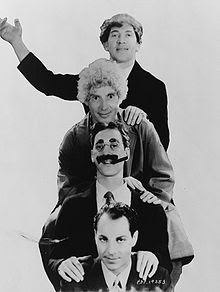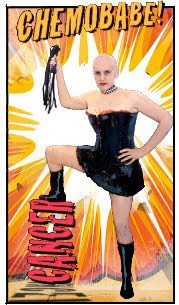There’s an interesting documentary from Germany about a Canadian farmer who’s in a legal battle with Monsanto. Neighboring farms were using Monsanto-patented seeds, some of which were carried by the wind into his crops. Now Monsanto is suing him for patent infringement.
The pink-cheeked, plainspoken Schmeiser tells how he first discovered that genetically modified canola seeds were infiltrating his crop — only to get sued by the seeds' designer, Monsanto, for patent infringement. Sounds crazy, yes, but it gets a zillion times worse: Monsanto actually won a $400,000 judgment against Schmeiser, and, when the farmer refused to give up the fight, the company sued him again, this time demanding $1 million. Schmeiser was forced to fight all the way to the Canadian Supreme Court, and even then, his victory was Pyrrhic at best: Monsanto's canola seeds have taken over North America.
It’s not available on Netflix, but there are speeches and other bits about him on youtube and vimeo. You can also get the movie off of his website.






